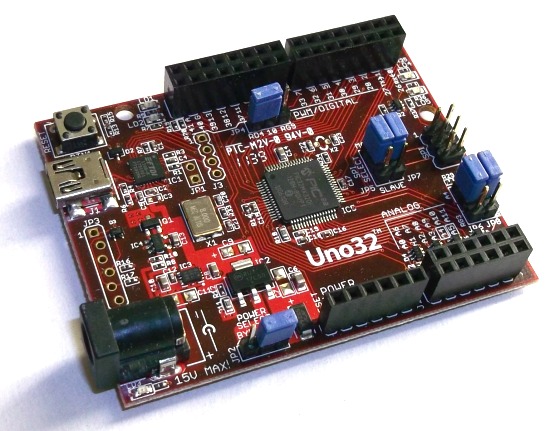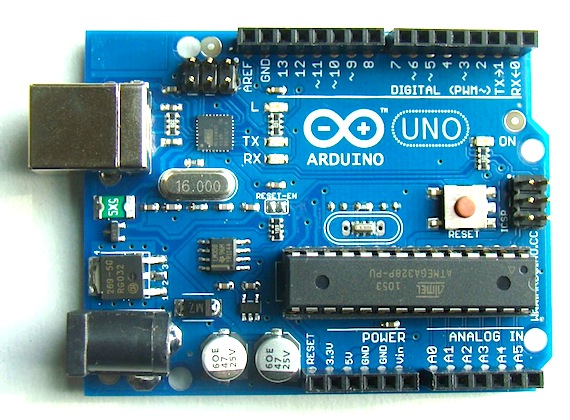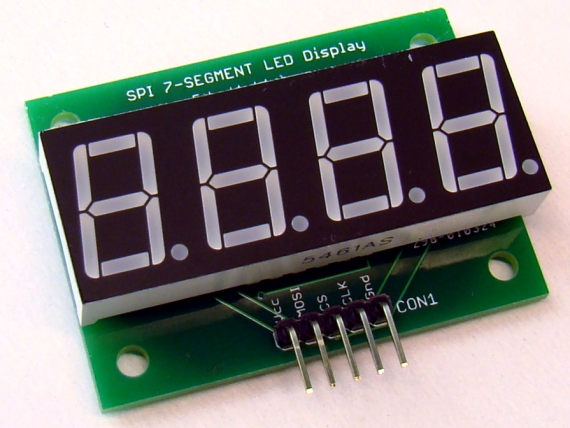Exploring the chipKIT Uno32 board

The chipKIT Uno32 development board is based on the powerful PIC32MX320F128 microcontroller, which features a 32-bit MIPS processor core running at 80MHz, 128K of flash program memory, and 16K of SRAM data memory. The board can be powered via USB or an external power supply. The on-board USB-UART interface provides a communication path between the board and the MPIDE tool running on the PC. MPIDE stands for Multi-Platform Integrated Development Environment and is a complete tool for developing and downloading embedded applications into the chipKIT Uno32 board. Now let’s explore the chipKIT Uno32 board and its on-board features in more detail.
Read more

